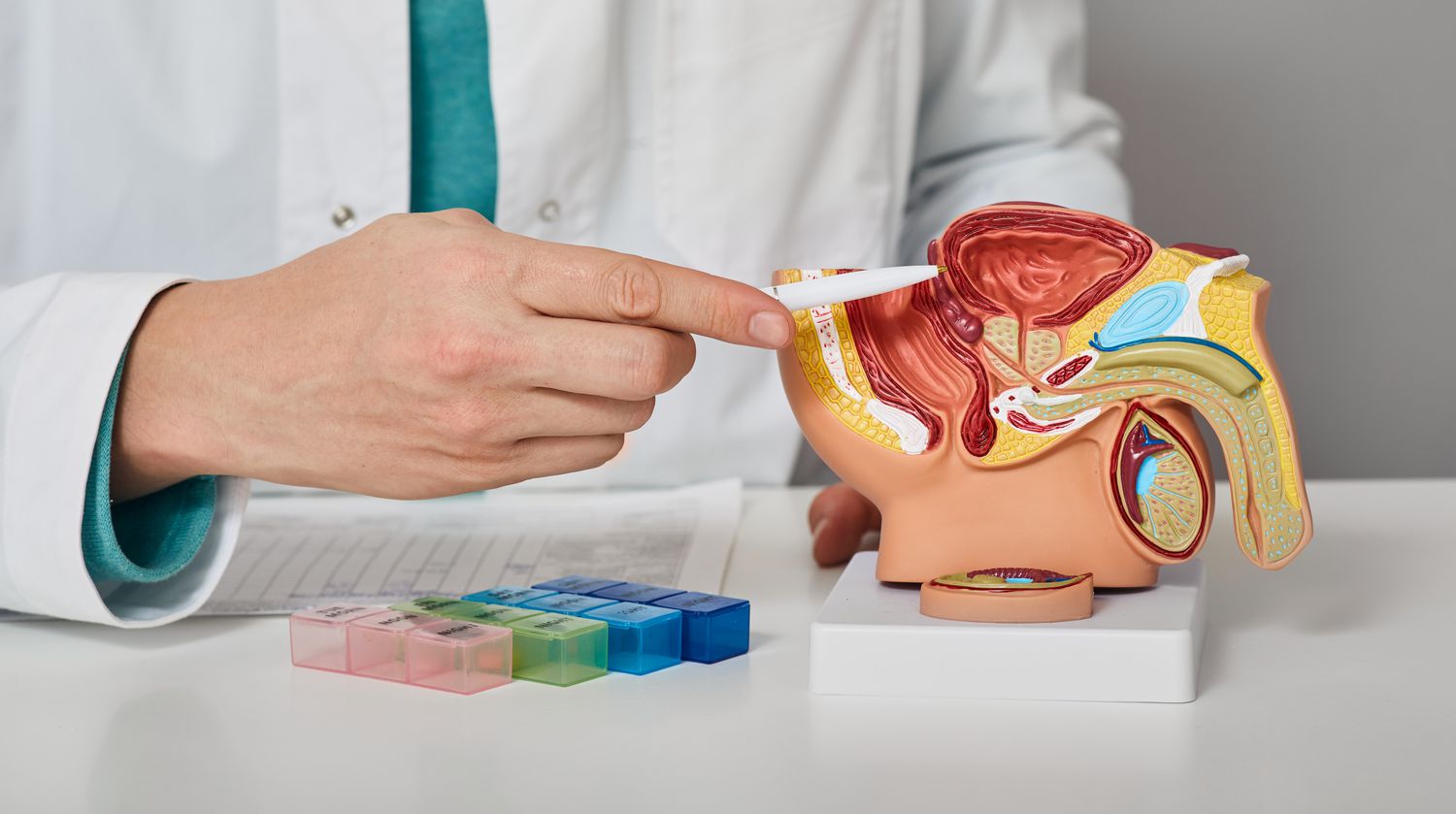
Ever wondered how the male reproductive system works? It's a complex yet fascinating part of human biology. This system is responsible for producing, maintaining, and transporting sperm, the male reproductive cells. It also produces male sex hormones that play a crucial role in puberty, sexual function, and overall health. Key components include the testes, which produce sperm and testosterone, the epididymis where sperm matures, and the vas deferens that transports sperm during ejaculation. The prostate gland and seminal vesicles add fluids to sperm, forming semen. Understanding these facts can help you appreciate the intricacies of human reproduction. Ready to learn more? Let's dive in!
Basic Anatomy of the Male Reproductive System
Understanding the male reproductive system starts with knowing its basic parts. Each component plays a crucial role in reproduction.
- The testes produce sperm and testosterone, the primary male sex hormone.
- Epididymis is where sperm matures and gains the ability to swim.
- The vas deferens transports mature sperm to the urethra in preparation for ejaculation.
- Seminal vesicles produce a significant portion of the fluid that becomes semen.
- The prostate gland adds a chemical fluid to the semen, which helps nourish and protect sperm.
- Bulbourethral glands secrete a pre-ejaculate fluid that lubricates the urethra for sperm to pass through.
Hormonal Control
Hormones regulate many functions within the male reproductive system. These chemical messengers ensure everything works smoothly.
- Testosterone is the primary male sex hormone, crucial for developing male characteristics and sperm production.
- The pituitary gland releases luteinizing hormone (LH) and follicle-stimulating hormone (FSH), which stimulate the testes to produce testosterone and sperm.
- Inhibin is a hormone produced by the testes that helps regulate sperm production by inhibiting FSH.
Sperm Production and Function
Sperm production is a complex process that ensures the continuation of genetic material from one generation to the next.
- Spermatogenesis is the process of sperm production, taking about 64 days to complete.
- A healthy male produces approximately 1,500 sperm per second.
- Sperm are the smallest cells in the male body, measuring about 0.05 millimeters in length.
- Each sperm cell contains 23 chromosomes, half the number found in most other cells, which combine with the 23 chromosomes from the female egg during fertilization.
Ejaculation and Semen
Ejaculation is the process by which semen is expelled from the body. Semen contains sperm and fluids from various glands.
- An average ejaculation releases about 1.5 to 5 milliliters of semen.
- Semen contains 50 to 150 million sperm per milliliter.
- The alkaline nature of semen helps neutralize the acidic environment of the female reproductive tract, aiding sperm survival.
Male Reproductive Health
Maintaining reproductive health is vital for overall well-being and fertility.
- Regular exercise and a balanced diet can improve sperm quality and overall reproductive health.
- Smoking and excessive alcohol consumption can negatively impact sperm production and quality.
- Heat can affect sperm production, so it's advisable to avoid prolonged exposure to high temperatures, such as hot tubs or saunas.
- Sexually transmitted infections (STIs) can cause complications in the male reproductive system, potentially leading to infertility if left untreated.
Interesting Facts
Some lesser-known facts about the male reproductive system can be quite surprising.
- The scrotum acts as a natural climate control system, keeping the testes at an optimal temperature for sperm production.
- Nocturnal emissions, or "wet dreams," are a normal part of male development and can occur without sexual activity.
- The average age for the onset of puberty in boys is around 12 years old.
- Circumcision, the removal of the foreskin, is a common practice in many cultures and can have health benefits, such as reducing the risk of certain infections.
- The penis contains no bones but has a structure called the corpus cavernosum, which fills with blood to cause an erection.
- Erectile dysfunction (ED) affects about 30 million men in the United States alone, and it can be caused by various physical and psychological factors.
- Prostate cancer is the second most common cancer in men worldwide, but early detection and treatment can significantly improve outcomes.
Final Thoughts on Male Reproductive System Facts
Understanding the male reproductive system is crucial for overall health. Knowing these 27 facts can help you appreciate the complexity and importance of this system. From the role of testosterone to the function of the prostate gland, each part plays a vital role in reproduction and general well-being.
Remember, regular check-ups and a healthy lifestyle can prevent many issues related to the reproductive system. If you experience any unusual symptoms, consult a healthcare professional. Knowledge is power, and being informed about your body can lead to better health outcomes.
Stay curious and keep learning about your body. It’s the best way to take control of your health and ensure a long, healthy life. Thanks for reading, and take care of yourself!
Was this page helpful?
Our commitment to delivering trustworthy and engaging content is at the heart of what we do. Each fact on our site is contributed by real users like you, bringing a wealth of diverse insights and information. To ensure the highest standards of accuracy and reliability, our dedicated editors meticulously review each submission. This process guarantees that the facts we share are not only fascinating but also credible. Trust in our commitment to quality and authenticity as you explore and learn with us.
